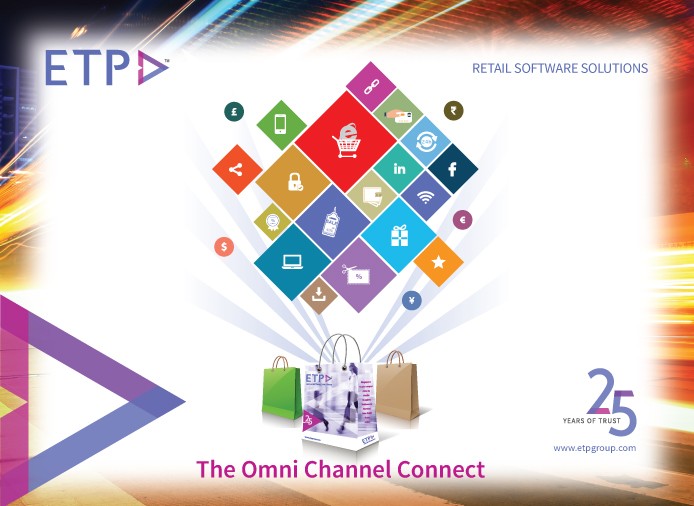The online world is nothing but a humungous super-complex web of connections that has made the communication process quick, easy and omni-dimensional. Social media has taken the process of communication through connection to the next level which is popularly referred to as engagement.
Social media is an integral part of peopleâs daily lives today. More and more people are getting onto various social media platforms each day to connect with their friends, peers and colleagues. In the last few years, people are also connecting with the brands they like and businesses that offer these brands through social media. Further, the usage is not just limited to connecting and communicating. Most people are also using it as a means to opine and review products or services and to express their thoughts, beliefs and experiences. In a way, these tools have given people a power to speak and be heard. As such, social media engagement has become a necessity in most customer facing businesses such as retail.
Retail today is more of a customer driven business. Most of the retailers and retail brands are aligning their business models and strategies to become more customer-centric by tailoring their products and services to suit the needs and demands of their customers. Those who havenât done so, need to move in this direction swiftly or they will not be able to sustain and compete. However, this can only happen if the retailers know and understand their customers better. To gain these insights, retailers need to rely on appropriate technology. This is where social media can be leveraged to their benefit.
Retailers can use social media platforms to solicit feedback – both positive and negative, from customers. This provides valuable insights into the customersâ desires, enabling the retailers to better understand their customersâ expectations and try to exceed them through better customer experience and relationship management.
Retailers can not only listen to and monitor what their customers – both current and prospective, are talking about, but also they can engage directly using social media as a channel for establishing relationships with the customers. Furthermore, shoppers are increasingly using social media platforms to seek advice and recommendations about products to help them make better shopping decisions.
Retail brands and businesses can also make use of these platforms to pitch their products highlighting the features and benefits, to create awareness and provide essential information either through regular updates or advertisements on social media. Retailers can also plan customer-centric marketing campaigns and promote them on social media platforms to reach vast audiences in no time.
Nowadays, social media applications can also be used for shopping directly. With omni-channel retailing coming into play, social media becomes an essential channel for retailers to service customers. Yet, this is not all. Due to innovations in mobile technology, the rate at which people are getting onto social platforms like Facebook, Twitter, LinkedIn, Google+ and many others using handheld mobile devices is rising exponentially, making social media an extremely powerful medium.



